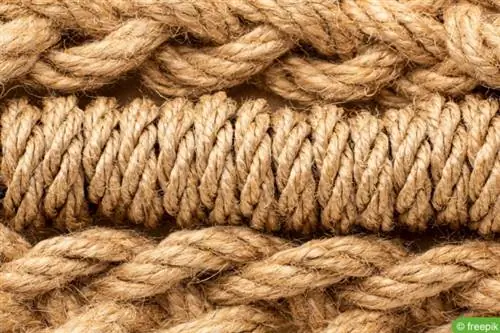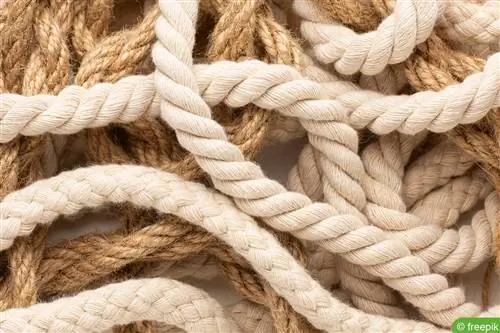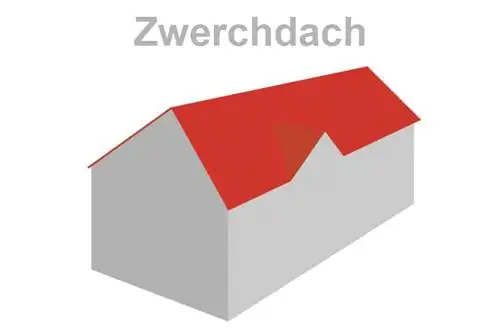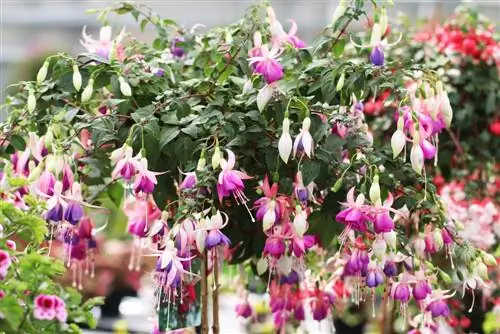- Author admin [email protected].
- Public 2023-12-17 03:39.
- Last modified 2025-01-24 12:45.
If your next vacation is sailing or you want to spend it on a cruise ship, then you will be surrounded by ropes.
Rope. What exactly does the term mean?
Ropes are the huge ropes that can be found everywhere on ships and have different functions. In principle, rope is a generic term for all beaten and braided ropes made from natural or synthetic fibers. Different strands are folded over each other alternately left and right. The strands are under tension and this in turn gives the rope its durability. The strands themselves also consist of cardeels and yarns, which are again twisted together. The yarns themselves also consist of threads that are connected to each other from fibers. The more that is connected and twisted, the thicker the rope becomes on the one hand and on the other hand it becomes more stable and can withstand more.
There are also differences in the ropes. A rope can have a square plan. This results when eight cardeels are intertwined and exactly half are turned left or right. The rope is extremely stretchy and handy.

If you want the rope to be very light, then a hollow braid is ideal. This consists only of load-bearing fibers.
If the rope is to be weatherproof, the load-bearing part should be surrounded by a sheath. This is the only way to protect the core from the weather conditions.
A rope does not refer to a specific object, but rather refers to all types of means for linking, connecting or lashing something together. A cordage can therefore also describe a line or a yarn, for example.
But they are not only used in shipping
But rope is not only needed in shipping; the classic tow rope for cars can also be assigned to this term, as can ropes for tree work. The rope supports the arborist's load so that the tree's branches are damaged as little as possible. Of course, it is also a protection against falling from the tree and therefore serves as fall protection, although falling through the tree branches is not pleasant and the static climbing ropes only give slightly under load. If you notice a rotten branch on your tree while maintaining your garden, be sure to have a professional come to you.
Every sport climber also has to deal with ropes. Climbing ropes also fall under this term. In contrast to tree climbers, these ropes primarily serve as fall protection; the climber does not hang his entire weight on the rope. Dynamic climbing ropes are mainly used here. These stretch in the event of a fall. The fall is soft and comfortable and ideally you don't end up in the branches of a plant.
Different ropes for different areas of application can be purchased from cgahrens. The company works together with the manufacturer LIROS, the world's leading manufacturer of ropes. This guarantees the purchase of a branded product that meets current standards and has undergone appropriate testing procedures. Customer requests are always taken into account and custom-made products can also be ordered and delivered.

Another area of application for rope is in garden design, for example a tree house. Who doesn't dream of a beautiful tree house with its own veranda, with ropes to protect it from falling?
Conclusion:
Well-made rope is important and can save lives, among other things!






